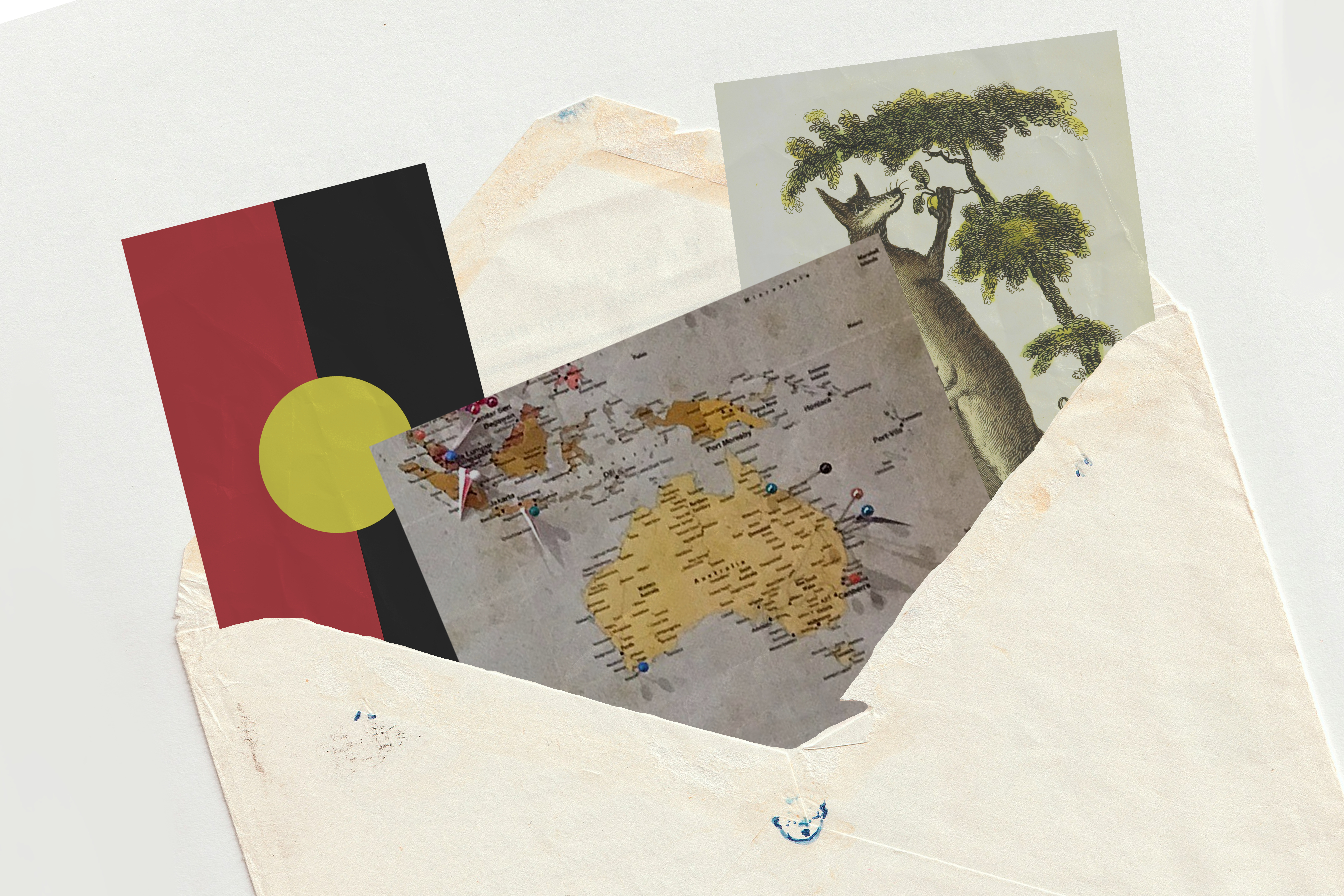In her biweekly column, Allie Skalnik brings lessons and stories from her travels abroad in Australia back home.
Dear Stanford,
G’day from the ferry leaving Heron Island, a tiny patch of land near the Tropic of Capricorn at the southern end of the Great Barrier Reef. It’s true what everyone says:
Coral reefs are vitally important for our planet, with a quarter of ocean life reliant on reefs and coastal communities relying on them for protection and fishing and tourism.
It’s also true that coral reefs are disappearing fast. Over half the world’s corals died in the past 27 years. But I’m not here to tell you how bad it is; I’m here to share the wondrous hidden world of our oceans. There’s a lot worth protecting, and there’s plenty of hope.
Aside from climate change, another major threat the Great Barrier Reef is facing is a sea star. Called the Crown of Thorns Sea Star (COTS), it’s no ordinary touch tank sea star. Massive and covered in menacing dark purple spikes, it looks fearsome and delivers — it mows square meters worth of coral at a time and leaves devastation in its wake.
COTS is perfectly natural; it is not invasive nor augmented nor any of the things we worry about these days. However, the prevalence of COTS is not natural. Each spike in COTS population and subsequent reef devastation coincides with algal blooms from farm runoff. The influx of nutrients helps more juvenile COTS live into adulthood, at which point very few organisms feed on them. COTS has a small number of predators, one of which being an unlikely and diminutive crab. The guard of corals is a type of crab that makes its home in coral, and when COTS come around fixing to chew up the coral they live in, they go full cranky, neighbor get-off-my-lawn, defending their home from one the most fearsome creatures in the sea.
One of my favorite animals to learn about, and get entirely awed over, was the nudibranch. Nudibranchs are sea slugs: bright, ruffled, patterned things that trawl the sea floor munching on sponges and anemones. Like many bright, patterned creatures, they look that way to warn others of their toxicity, but they don’t have their own defense mechanism. They can ingest other toxic organisms and instead of succumbing to it, use it for their own defense. Aeolid nudibranchs are able to eat anemones, which have stinging cells called nematocysts, which are primed and ready to trigger their harpoon-like sting at the slightest touch. Yet, somehow, Aeolid nudibranchs eat these nematocysts whole, move it through their body to sit at the top of spikes on the top of their backs, all without triggering it to sting.
It’s crazy we don’t know how old turtles can get. We know they must be ancient, with how positively massive they can get, but they’re one of those creatures which lays hundreds of eggs, and only a handful will make it into adulthood. Following one all the way through the process just hasn’t happened yet. Ocean life is more incredible and fascinating than I ever imagined, and it’s clear there’s so much we’ve yet to learn, so many mysteries yet to be solved. It’s true that coral reefs are vital to life, and it’s true that they’re threatened, and it’s true at this very moment, there are people working to save them. Heat-tolerant corals are seeming more and more promising by the day, and some clever person figured out transplanting the mucous microbiome covering coral can transmit heat tolerance from one coral to another. The fight for coral reefs is far from hopeless, and I’m learning that the best way to start doing your part is to start getting awed, inspired, full-blown excited about life in the sea.
All my love,
Allie
